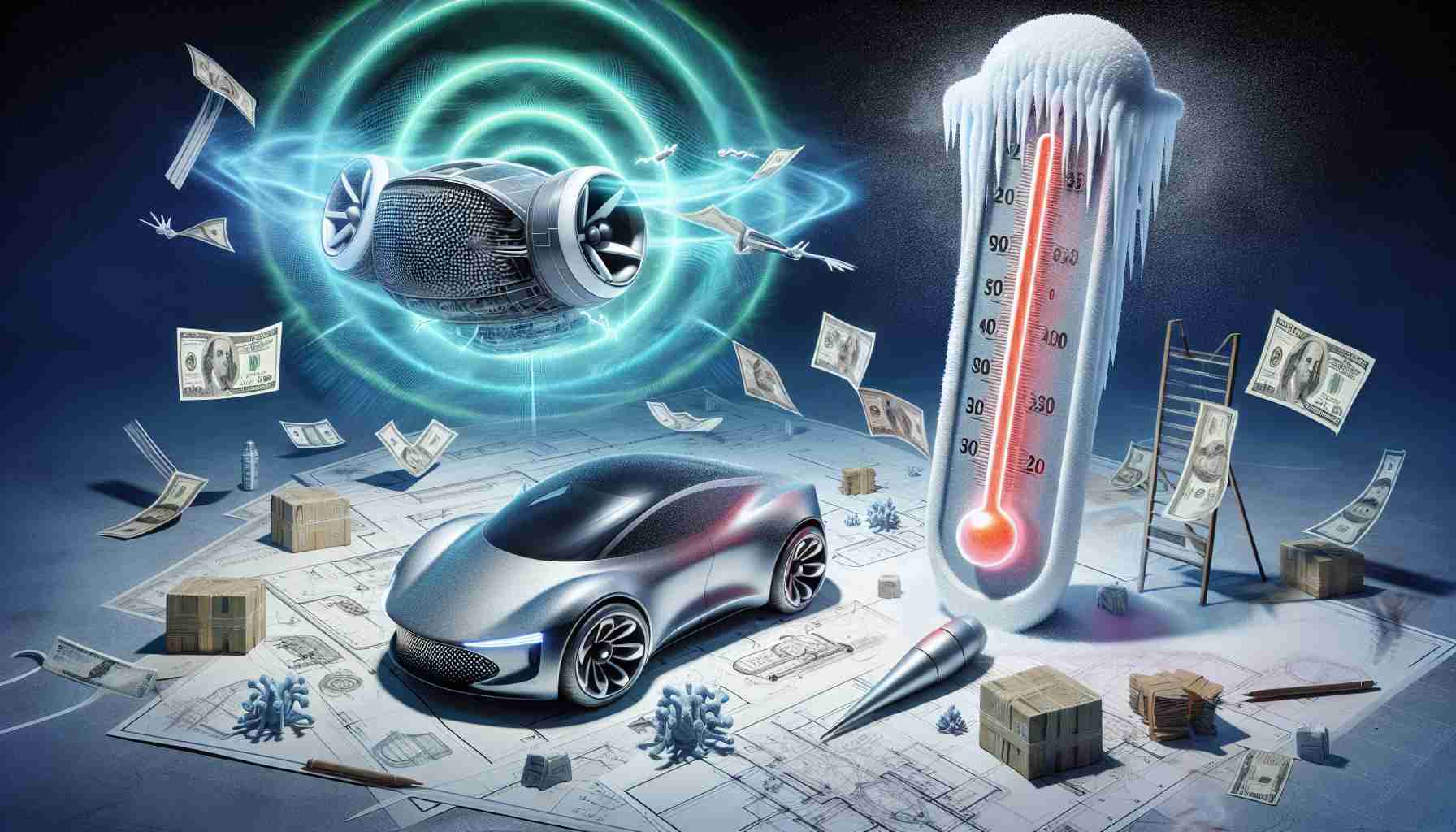- The Biden administration’s $5 billion NEVI funding initiative is currently on hold, impacting the development of a nationwide EV charging network.
- This decision, communicated by the Federal Highway Administration, follows significant legal and regulatory challenges.
- While new funding obligations are suspended, existing budgets can still be reimbursed to maintain ongoing construction efforts.
- NEVI was established to alleviate range anxiety by installing rapid charging stations every 50 miles on major highways.
- States are urged to persist with their projects, emphasizing the urgent need for an effective EV infrastructure despite the current challenges.
- The future of the NEVI program and its impact on the EV market remains uncertain as states adapt to these changes.
The electrifying dream of an expansive national electric vehicle (EV) charging network faces a daunting setback as the Trump administration has halted a critical $5 billion funding initiative. In a surprising announcement, the Federal Highway Administration (FHA) delivered a game-changing letter to state transportation departments, effectively stating that no new funding obligations under the National Electric Vehicle Infrastructure (NEVI) program can occur.
This decision comes amidst a turbulent landscape of legal battles and regulatory shifts, following two federal judges’ rulings that prompted the administration to ceased its freeze on federal aid. While the FHA’s approach suspends new state implementation plans, it allows for the reimbursement of existing budgets to prevent disruptions in current construction projects. This news has jolted states eager to expand their EV infrastructure, raising alarms about upcoming legal challenges from those in support of NEVI.
Originally launched through the 2021 bipartisan infrastructure law, NEVI aimed to erect rapid charging stations every 50 miles along major highways, addressing the prevalent range anxiety that deters potential EV owners. However, time is running out as the program entering its third year of a five-year timeline has already seen slow progress.
As states grapple with this unexpected freeze, industry leaders urge them not to abandon ongoing projects and continue moving forward, insisting that the need for a robust EV charging network is more pressing than ever. The stakes are high and the road ahead uncertain—will states navigate this challenge and emerge with a brighter, greener future? Stay tuned!
Unplugged: The Shocking Truth Behind the Halted EV Charging Network Funding!
Setback in the National EV Charging Network
The ambitious vision for a nationwide electric vehicle (EV) charging network took a significant hit recently, as the Trump administration’s Federal Highway Administration (FHA) announced a freeze on a pivotal $5 billion funding initiative. This decision has left many states and stakeholders in a challenging position, igniting debates over the future of EV infrastructure in the United States.
Key Insights Around the Situation
1. Funding Freeze: The FHA’s announcement halts the National Electric Vehicle Infrastructure (NEVI) program’s new funding obligations while allowing reimbursement for already incurred expenses. This cautious approach is intended to mitigate disruptions to existing projects but raises questions about future developments.
2. Impact on States: Many states were actively preparing to deploy new EV charging stations under the NEVI initiative, aiming to alleviate range anxiety—a significant barrier to EV adoption. The sudden funding freeze complicates their plans and brings uncertainty about compliance with infrastructure goals.
3. Legal Challenges Looming: As stakeholder reactions surge, the potential for legal challenges is high. Proponents of the NEVI program are rallying to contest the funding halt, emphasizing the urgent need for a reliable EV charging network to support the growing number of electric vehicles on the road.
Important Related Questions
1. What does the funding freeze mean for EV adoption rates in the U.S.?
– The funding freeze may slow the expansion of EV charging infrastructure, potentially hampering the adoption rates of electric vehicles. Without adequate charging stations, consumers may hesitate to switch to EVs due to lingering concerns about charging accessibility, thus affecting market growth.
2. Can states still move forward with their EV projects despite this setback?
– While new funding is frozen, states are encouraged to continue existing projects, utilizing already allocated budgets. This approach ensures some progress, but without new funding, long-term sustainability and expansion remain contentious.
3. What are the potential legal implications of this funding halt?
– Proponents of the NEVI program may seek legal recourse to challenge the FHA’s funding freeze. The outcome of such efforts could shape future federal support for EV infrastructure, as well as set precedents for how funding initiatives are implemented in the face of political changes.
Conclusion
The current situation surrounding the NEVI program illustrates the volatility of federal funding for crucial infrastructure projects. The chilling effect of the FHA’s announcement raises questions about the commitment to a greener, electrified future. Stakeholders in the EV sector must now navigate a complex landscape filled with uncertainty and potential legal hurdles.
For more ongoing updates and insights on electric vehicle trends, visit the main domain at Energy.gov.













